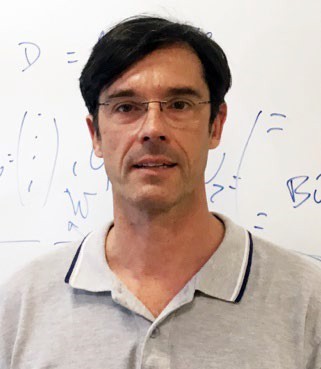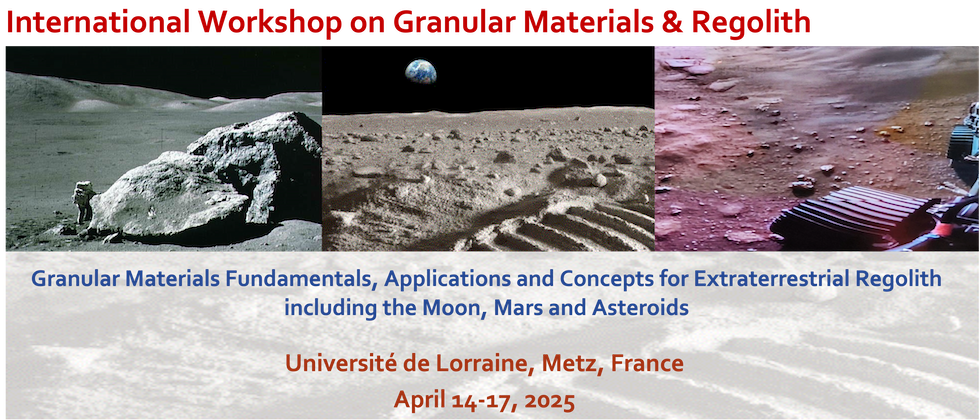
|
|
|
Keynotes/Features > Keynote SpeakersSpecial Keynote Speaker Mark W. Hilburger, Ph.D., NASA Principal Technologist for Materials, Structures, and Construction. Space Technology Mission Directorate, NASA Headquarters (NASA/HQ), Washington, D.C., U.S.A. Title: An Envisioned Future for Lunar Infrastructure – Technology Development Status & Needs 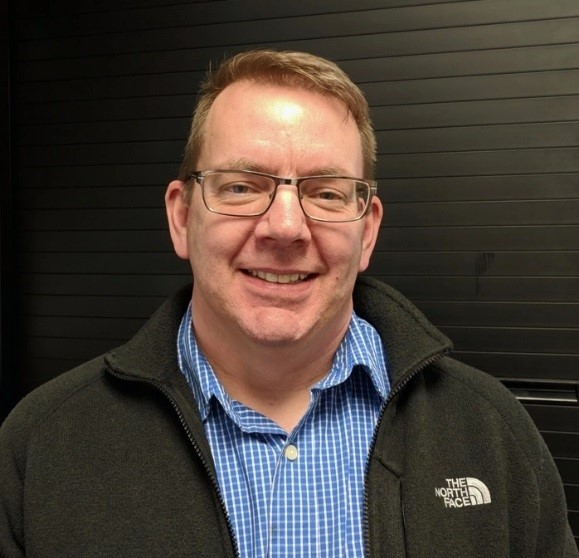 Dr. Mark W. Hilburger was appointed Space Technology Mission Directorate (STMD) Principal Technologist (PT) for Materials, Structures, and Construction at NASA HQ in 2019. His roles and responsibilities include identifying technology needs and developing technology investment plans across his assigned discipline areas in coordination with NASA Exploration Programs and Mission Directorates. He is currently focused on developing capabilities for the autonomous excavation, construction, and outfitting of lunar infrastructure, as well as advanced materials and structures for exploration systems and space observatories. His technology portfolios include investments across the entire TRL pipeline, and in collaboration with US industry, academia, and OGA. Specific emphasis on early lunar infrastructure and technology demonstrations that will lead to a permanent lunar presence and robust industry-led economy. Prior to his appointment as PT, Dr. Hilburger led numerous NASA R&D activities in the field of structural mechanics and materials - specializing in the development and implementation of High-Fidelity Structural Analysis and Design Technology, Advanced Experimental Methods, and Design Criteria for Aerospace Structures. He has been presented with numerous awards and including the Middle Career Stellar Award for Space Achievement; the NASA Exceptional Engineering Achievement Medal; and the NASA Silver Snoopy Award (Astronauts’ Personal Achievement Award). He received his M.S.E. and Ph.D. in Aerospace Engineering from the University of Michigan in Ann Arbor, MI in 1995 and 1998, respectively, and his B.S. in Mechanical Engineering from Rutgers University in New Brunswick, NJ in 1993. Keynote Speakers Robert Anderson, Ph.D., Research Scientist, NASA Jet Propulsion Laboratory (JPL), Pasadena, CA, U.S.A. Title: The effect of gravity on geomechanical properties of planetary regoliths 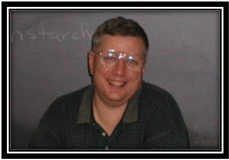 Bob Anderson has had a distinguished career in geology and planetary science, with a particular focus on Mars and the Moon. His work spans multiple domains, from structural geology and remote sensing to geotechnical analysis of planetary regolith. After earning his Bachelor of Science in Geology from Old Dominion University in 1979, Bob went on to complete a Master of Science in 1985, focusing on tectonic features surrounding Mars' Tharsis region. His Ph.D. research at the University of Pittsburgh in 1995 further refined his expertise, concentrating on Quaternary surfaces, desert pavements, varnish, and soils to better understand Arizona's climatic history. Bob's scientific endeavors extend to his leadership roles in space missions. Notably, he contributed to the Mars Science Laboratory (MSL) mission, overseeing the development of various sampling instruments and rover hardware, and ensuring the successful execution of surface operations. Félix Darve, Ph.D., Emeritus Professor, Grenoble INP, Université Grenoble Alpes, Laboratoire 3SR, CNRS, Grenoble, France. Title: Extraterrestrial granular avalanches, a proper instability criterion 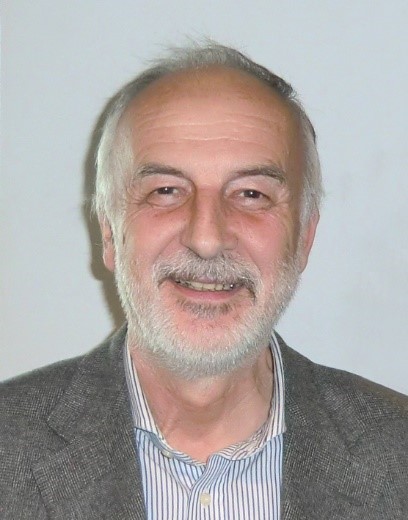
Félix Darve is Emeritus Professor at Grenoble-INP, Grenoble Alpes University, CNRS, France. He is also editor of the International Journal for Numerical and Analytical Methods in Geomechanics (Wiley). He is former Director of the Grenoble National School of Hydraulics and Mechanics, the CNRS national laboratory "GRECO Géomatériaux" and the European network of laboratories "ALERT Geomaterials". He has edited or co-edited 16 books and is author or co-author of more than 300 peer-reviewed papers. His main research topic is computational granular mechanics with applications to natural hazards.
Pierre Delage, Ph.D., Emeritus Professor, Ecole nationale des Ponts et Chaussées, IP Paris, Laboratoire Navier/CNRS, Champs-sur-Marne, France. Title: What did we learn about the Martian regolith at the InSight landing site? 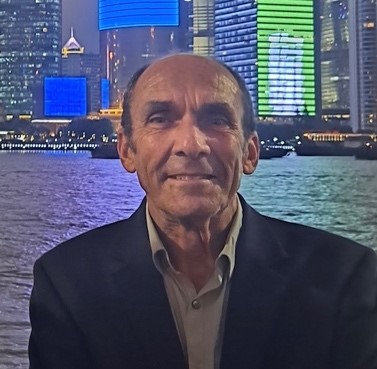 Pierre Delage, Emeritus Professor at Ecole nationale des ponts et chaussées, IP Paris, is member of the French Academy of Agriculture and of the InSight Science Team (InSight is a NASA geophysical mission on Mars). He has been Vice-President of the French Geotechnical Committee (CFMS), Chief editor of the Revue Française de Géotechnique and of Géotechnique Letters (ICE), Panel member of Géotechnique (ICE) and of various other journals. He has been Chair of the Technical Oversight Committee and is now in charge of the Geo-Engineers without Borders (GeoWB) project of the International Society for Soil Mechanics and Geotechnical Engineering. He developed researches on the fundamental mechanisms governing the response of multi-phase geomaterials submitted to changes in stress, water content and temperature (for sensitive clays, deep marine sediments, unsaturated soils, compacted soils, compacted bentonite, loess, oil reservoir chalks, oil sands, geosynthetic clay liners, shales, Martian and Lunar regolith), with applications to earth-dams and embankments, deep geological radioactive waste disposal, offshore oil extraction, thermal behaviour of clays and claystones, soil contamination and seismic wave propagation at the surface of planets. Ramesh B. Malla, Ph.D., ASCE, Life Member; F. EMI; A.F. AIAA; Life M. ASME; M. CASE. Professor, School of Civil & Environmental Engineering. University of Connecticut, Storrs, CT, U.S.A. Title: Day-Night Temporal Thermal Profile on the Regolith Surface and Subsurface at Various Locations on the Moon. 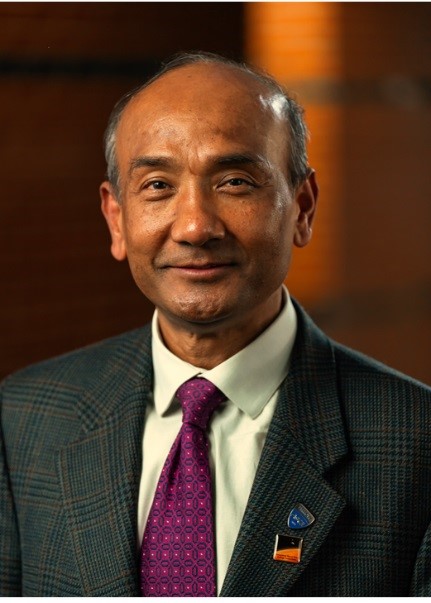 Dr. Ramesh B. Malla is a Professor of Structural Engineering and Applied Mechanics in the School of Civil & Environmental Engineering at the University of Connecticut (UConn). He has more than 45 years of teaching, research, and industrial experience, including more than 39 years at UConn. Prof. Malla also held position as a structural engineer at United Engineers & Constructors, Inc. in Philadelphia, PA; as a Faculty Fellow at the NASA Lewis (now Glenn) Research Center, Cleveland, OH, and as a Visiting Faculty at Hamilton Sundstrand Space Systems International, Inc. (now Collins Aerospace) in Connecticut. He served as the Founding UConn Campus Director of the NASA/Connecticut Space Grant Consortium (1991-2000) and as the Founding Institutional PI/Lead for the NASA STRI/Resilient Extraterrestrial Habitats Institute during 2019-2022. Since 2018, he has been also serving as the UConn Institutional Lead of the U.S.DOT Region 1 (New England) UTC -Transportation Infrastructure Durability Center. His teaching and research areas include structural engineering, applied mechanics, dynamics & vibrations of structures, and finite element analysis. Prof. Malla’s research encompasses both terrestrial and extraterrestrial infrastructures. He has been engaged in research related to the space and lunar structures/infrastructure for more than 35 years now. He has worked on the mechanics of granular media for water processing in space life support systems He has developed analytical/computational methodology/model to determine temperature/thermal variation on the lunar regolith surface and subsurface. Dr. Malla has authored/co-authored more than 165 technical publications. He has served on numerous nationally and internationally prominent conferences, including General Chair and Honorary Chair of the ASCE Aerospace Division Earth & Space Conferences (2024, 2026, and 2024) and Technical Chair of the AIAA SDM 2010 Conference. He has also served on many professional technical committees, several of them on the leadership role. Currently, he is serving as the Chair of the Space Engineering and Construction Technical Committee of the ASCE Aerospace Division and the Honorary Chair of the ASCE Earth & Space 2024 Conference. Olivier Millet, Ph.D., Professor, La Rochelle Université, LaSIE, CNRS, La Rochelle, France. Title: Modeling capillarity in extraterrestrial environnent
Olivier MILLET is Professor at La Rochelle University, attached to the LaSIE-UMR CNRS. His main areas of research are homogenization in porous media and transfer properties in cementitious materials, multi-scale approaches in solid mechanics and geomechanics, micromechanical analysis of dry and partially saturated granular materials, and modeling of thin structures. He is director of the international research network (IRN) GeoMech “Multiphysics and multiscale couplings in geo-environmental mechanics” since 2016. He was a member of the Comité national de la recherche scientifique (CNRS) from 2016 to 2021, responsible for three microgravity parabolic flight campaigns with the Centre national d'études spatiales (CNES) on the theme “Study of capillary bridges in microgravity”, and scientific leader of several national and regional scientific projects. He has published around 100 articles in international peer-reviewed journals and is author or co-author of 3 books.
Anil Misra, Ph.D., Professor, Florida International University, Miami, FL, U.S.A. Chair, ASCE/Engineering Mechanics Institute (EMI) -Granular Materials Technical Committee (GMTC), U.S.A. Title: Bridging grain interactions and continuum descriptions via Granular Micromechanics with Implications to Mechanics of Regolith 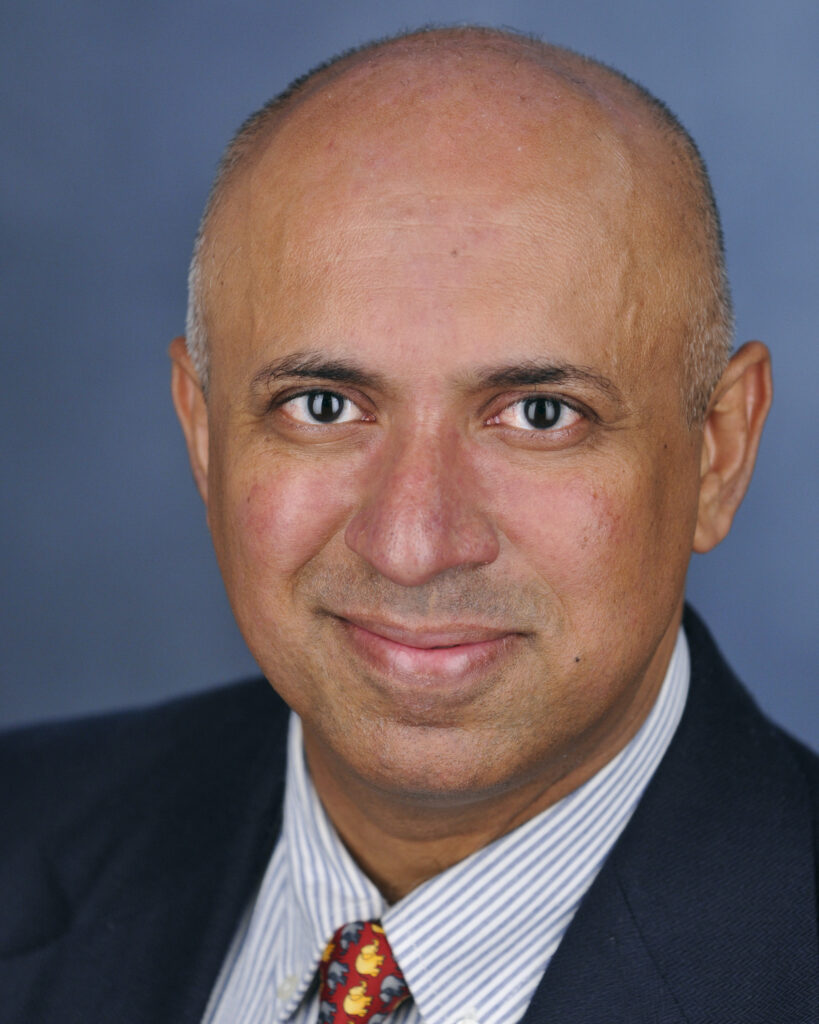 Anil Misra is currently a Professor and Chair of Civil and Environmental Engineering Department, Florida International University. Dr. Misra has a broad research interest that spans topics covering both basic and applied aspects of mechanics of geomaterials, interfaces and biomaterials, including analytical, computational and experimental granular micromechanics, particle and atomistic methods, multi-scale modeling, constitutive behavior, micro-macro correlations, and multi-modal material characterization using high resolution techniques. In particular, he has pioneered the granular micromechanics approach (GMA) with which he seeks to develop generalized (micromorphic) continuum model of a range of granular materials and materials with granular texture, including geomaterials, biomaterials, cement/asphalt concrete, polymers, and architected/metamaterials. He is deeply interested in interdisciplinary research at the intersection of mechanics and material science. He has co-edited four books; guest edited four journal special issues; and authored more than 300 papers in journals, edited books and conference proceedings. He is a Co-Editor-in-Chief of Mechanics Research Communications and serves on the editorial board and as a reviewer for a number of journals as well as for funding agencies. He has been honored with the 2017 Eugenio Beltrami Senior Scientist Prize, and Chair/Visiting Professorships at a number of international universities (webpage). François Nicot, PhD., Professor, Université Savoie Mont Blanc, Laboratoire ISTerre, CNRS, Le Bourget-du-Lac, France. Title: Granular Materials and Thermodynamics: The Missing Link  Dr. F. Nicot is currently Professor at Savoie Mont Blanc University. He received his Engineer and PhD degrees in civil engineering on 1995 and 1999, respectively, at Centrale School of Lyon (France). As a world-renowned researcher in mechanics of granular materials, his activities deal with geomechanics, with a special focus on micromechanics and physics of granular materials and multiscale failure modeling. Application fields span from constitutive modeling of geomaterials to gravity-driven natural hazards analysis, including slope engineering issues. He has published more than 200 articles, including 170 papers in international journals together with more than 20 collective books. He is deputy director of the International Research Network GeoMech (Multi-Physics and Multi-scale Couplings in Geo-environmental Mechanics), gathering more than 25 academic institutions over the world. He is currently Editor-in-Chief of the European Journal of Environmental and Civil Engineering (T&F Publ.), and he is Associate Editor of Water Science and Engineering (Elsevier) and Granular Matter (Springer Publ.)
Heather A. Oravec, PhD., Research Associate Professor, Department of Mechanical Engineering, The University of Akron, Akron, OH, U.S.A. Title: Lunar Regolith Simulants: Current Simulants, Use Cases, Selection Process, and Best Practices  Dr. Heather Oravec is a distinguished research engineer specializing in mechanical and geotechnical engineering, with a focus on planetary soil mechanics and advanced aerospace seals. She earned her Ph.D. from Case Western Reserve University in 2009 and has over 14 years of professional experience. Currently, she is a Research Associate Professor at the University of Akron in the Department of Mechanical Engineering and has experience in the government and private sector as well. Dr. Oravec has served as the Facilities and Test Lead Engineer for the Mars Spring Tire Project in conjunction with the Mars Sample Return program. She currently leads facilities and testing for off-planet tire development, supporting future Lunar missions such as LTV. Her work involves overseeing tests like vibration, compliance, endurance, durability, and traction to ensure tire readiness for extreme space environments. Her research extends to developing low-leakage seals and thermal protection systems for various spacecraft. She pioneered a reliable analytical method for determining compression force in elastomeric space seals, enabling accurate material comparisons. Dr. Oravec has also made significant contributions to lunar regolith research, particularly in mobility testing for exploration vehicles. She developed a lunar regolith simulant, GRC-1, used by leading research institutions and companies. Additionally, she is involved in mitigating orbital debris and dust impact on spacecraft components. Dr. Oravec has been a member of the Lunar Simulant Advisory Committee since 2022. Her academic contributions including over 140 journal articles, technical papers, posters, and reports. Beyond her technical expertise, Dr. Oravec is a passionate advocate for STEM education. She has made significant contributions, inspiring the next generation of engineers, through a variety of philanthropic events, engaging students from elementary age to college level. Her dedication to promoting diversity and inclusion in engineering makes her a true leader in the field. Notably, she was named the Cleveland Section ASCE Outstanding Civil Engineer of the Year in 2024 for her contributions to the field and community. Farhang Radjai, Ph.D., senior Director of Research in CNRS, Physique et Mecanique des Milieux Divises (PMMD), LMGC (UMR CNRS 5508), Universite de Montpellier, Montpellier, France. Title: Flow behavior of cohesive granular materials 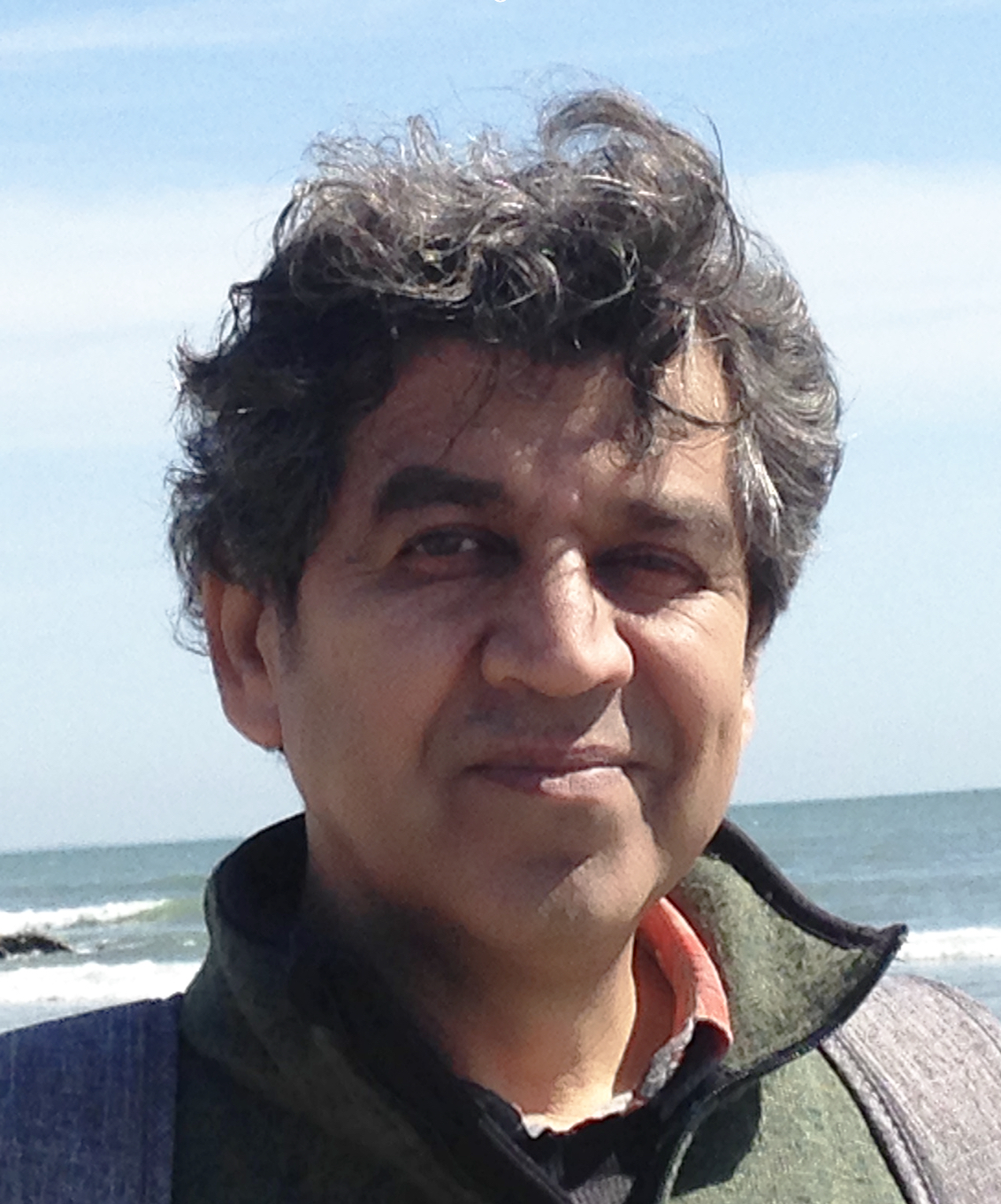 Dr Farhang Radjai is a senior Director of Research in National Center for Scientific Research (CNRS) in France. He graduated from University Paris-Sud in 1993 with a master in theoretical physics. He obtained his PhD degree in 1995 in the same university for his work on granular materials. After three years of postdoc in Ülich Supercomputing Center and University of Duisburg in Germany, he joined the CNRS with a research position in the Civil and Mechanical Engineering Lab in Montpellier, France. With his collaborators, he carried out the first extensive parametric simulations of submerged granular flows, packings of polyhedral, elongated and nonconvex particles, and highly polydisperse granular materials. He also analyzed the influence of such realistic material parameters on the rheology and microstructure (shear strength, dilatancy, anisotropy, connectivity) of granular flows. Sebastien Vincent-Bonnieu, Utilisation and Enabled Science Team Leader, Utilisation and Enabled Science Team, Chief Exploration Scientist, Directorate of Human & Robotic Exploration, ESA. Title: Granular Matter in Space: ESA's Microgravity Research and Space Exploration 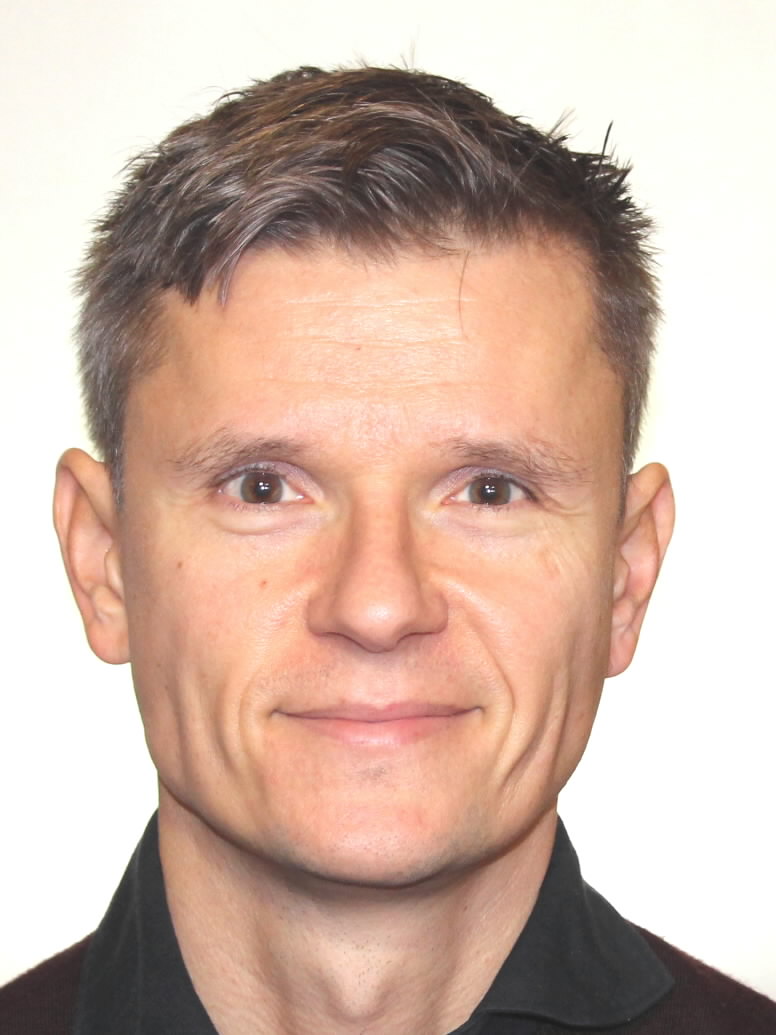
Dr. Sébastien Vincent-Bonnieu is the Team Lead of Utilisation and Enabled Science at the European Space Agency (ESA)’s directorate of Human and Robotic Exploration, coordinating research projects in physical and biological sciences. He has led interdisciplinary teams in both academic and industrial settings. His previous roles include researcher in geoscience at Delft University of Technology and research engineer in the energy industry. Sébastien holds a PhD in Physics from the University of Paris G. Eiffel. His expertise includes Soft Matter, multiphase flow and microgravity research. He has interest in both fundamental research and its translation to industrial and space-related applications.
|
